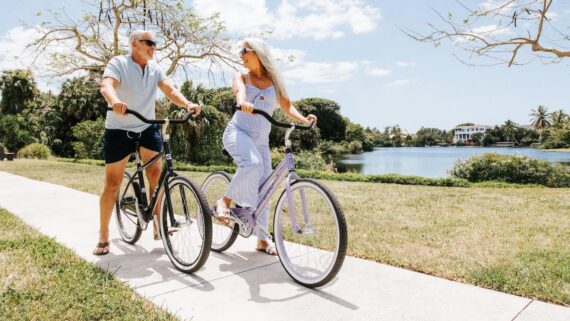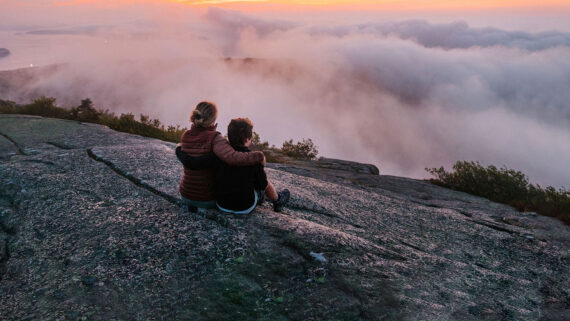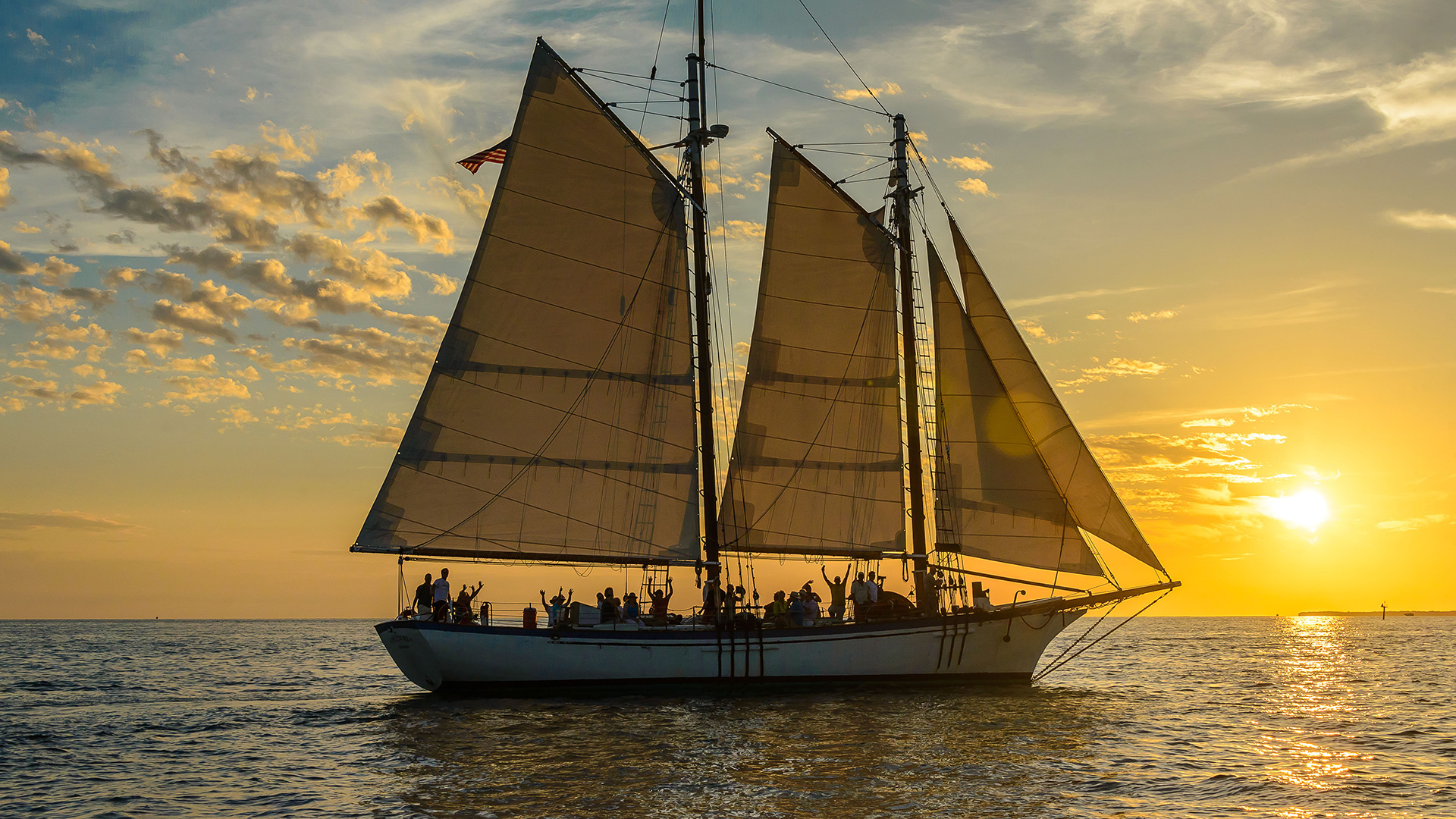
Two Coasts, One Tall-Ship Operation: A Q&A with Schooner Appledore’s GM
- Top Activities
- Family
- Florida Keys
- Sunset Key Cottages
- The Laureate Key West
- Samoset Resort
- The Capitana Key West
- New England Coast
- Opal Key Resort & Marina
We sat down with Rod Veal to talk tall ships, tide charts, and why his classic wooden schooner operation calls two very different Eastern Seaboard waterfronts home.
“When you stand at the wheel of Appledore II, it’s kind of like you can feel every hand that’s ever sailed her – from her world voyage in the ’70s to her sunset cruises today,” says Rod Veal, co-owner and general manager of Schooner Appledore, a classic wooden schooner operation offering sailing excursions for more than 25 years. “In fact, I love when folks who sailed as kids step aboard and start telling their own sea stories. You hand them a halyard or the wheel for a photo and you can see it all rush back.”
That sense of heritage may be what fuels Veal’s passion, but it’s far from the only thing that sets the company apart: Schooner Appledore boasts dual homeports, migrating 2,000 miles north and 2,000 miles south with the seasons – summers are spent gliding across Midcoast Maine’s Penobscot Bay, and winters chasie the trade winds off Key West, Florida. It’s a rhythm that actually links two of Opal’s own iconic destinations – which means a stay at Samoset Resort in Rockport, Maine, or any of the collection’s four Key West properties during their seasons puts you just steps from setting sail aboard a true maritime legend. Think two coasts, one crew, and countless stories.
While it seems like she’s the darling of the operation, Schooner Appledore II is actually one of two vessels in that fleet. What should guests know about each – any interesting pedigree?
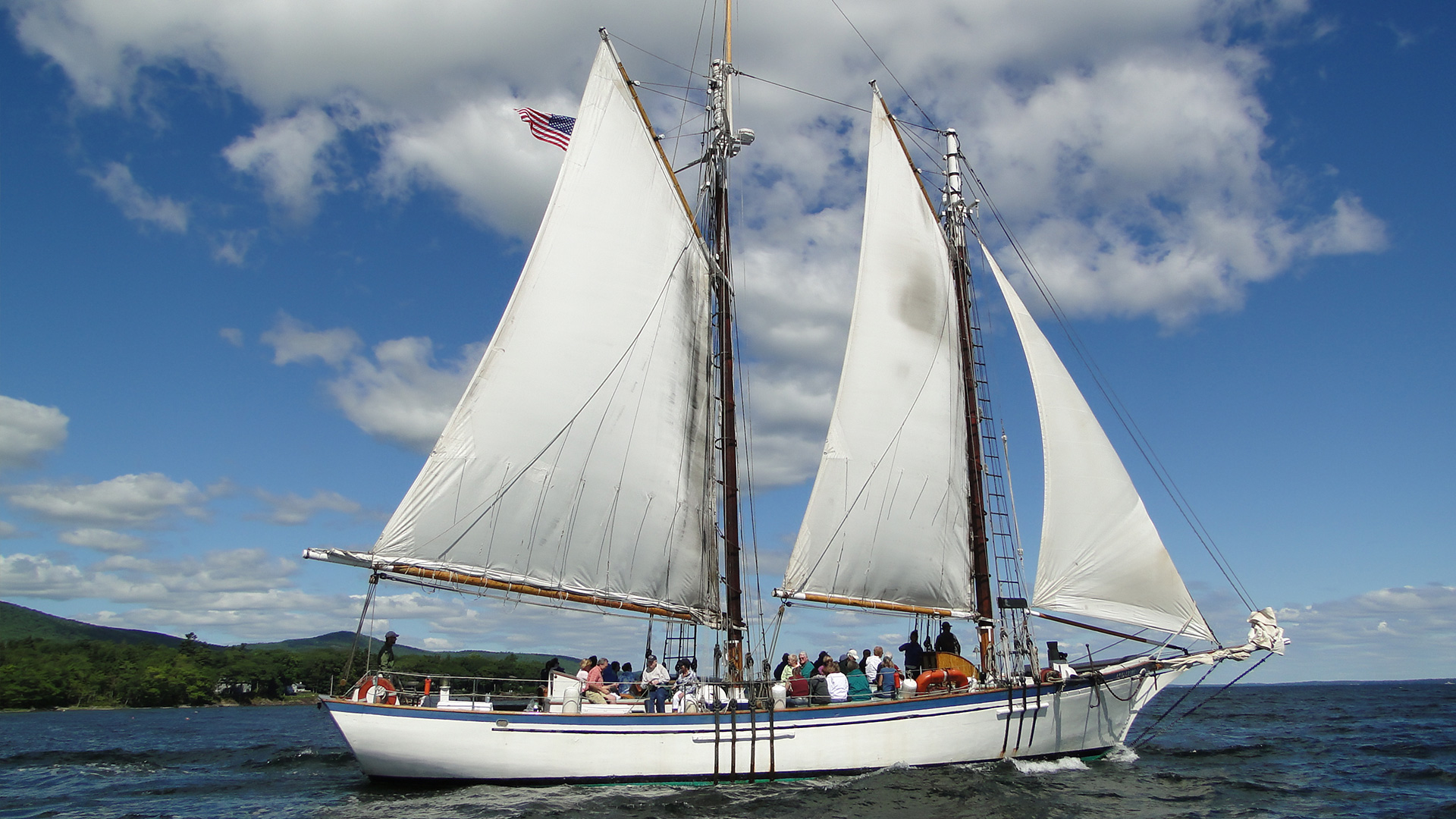
“Appledore II is our 86-foot windjammer, built in 1978 at the famed Gamage Shipyard in South Bristol, Maine – the last custom schooner they built. What’s really interesting is her maiden voyage was literally an 18-month circumnavigation around the world, a trip captured in two books by original captain/author Herb Smith. She is the largest in the Appledore lineage (which includes Appledores I, III, IV, and V) and is a bucket-list boat for a lot of professional crew. She’s recognized worldwide for her heavy weather, open ocean capabilities.
Then there’s also Appledore Star. Acquired by us in 2015, she’s a 65-foot bugeye schooner built by Captain James Richardson in 1983. Bugeyes were Chesapeake Bay workboats with shallow drafts for oyster dragging – and as the oyster harvest declined, bugeyes fell out of favor. In 2000, she was found in Plymouth, Massachusetts, where she had been neglected for a decade, but was carefully restored by a skilled Maine shipwright, who started running charters with her in 2003 out of Rockland, Maine. Today, Star’s shallow draft makes her a nimble sailor and a great platform for our Key West backcountry trips, which – for now – is where she resides year-round. She’s among the last of her kind.”
So Appledore II is the one you can expect to encounter in both Midcoast Maine and Key West – what makes her so special to you?
“She’s a ‘younger’ schooner by tall-ship standards, but traditionally built and purpose-proven. There’s a special pull to this boat and she’s adopted quite a loyal family-like following over the years. For a number of years, she served as the Semester-at-Sea vessel for Marine Biology majors from South Hampton University, so it’s more than just former crew, past captains, and guests who sailed her years ago coming back. In fact, during her 40th birthday in 2018, we hosted two reunion sails for folks who were previously connected to her in some way and they came from all over. I think that’s because if you can handle Appledore II well, you can handle just about anything in the schooner world.”
These types of wooden boats demand a lot. What’s the upkeep like behind the scenes?
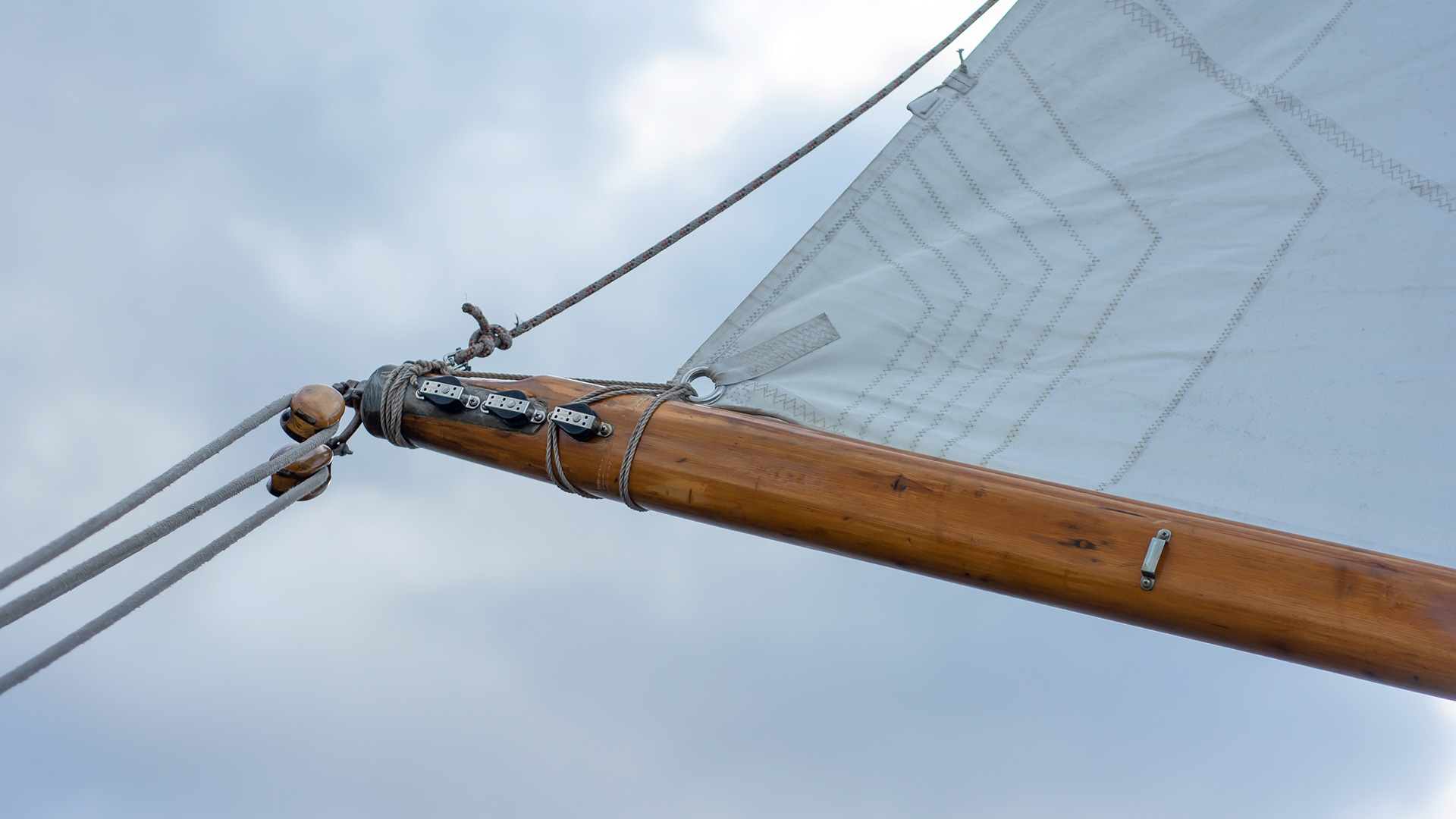
“There’s always something to sand, varnish, or paint. We haul Appledore Star twice a year and Appledore II annually, and everything is Coast Guard-inspected and updated on both. We’ve replaced thousands of fasteners, planked sections, and recently put new sails on Star. Skilled traditional woodwork is getting harder and harder to find every year, but that stewardship – keeping these boats alive and telling their story – is part of why we do this.”
Summer in Midcoast Maine, winter in Key West – why maintain dual homeports?
“It’s the best of both worlds. On Penobscot Bay, you get that postcard harbor framed by the Camden Hills – the sailing is classic Maine. Come winter, Key West is all about warm trades and technicolor sunsets. And there’s a fun symmetry with Opal, which has resorts in both places, so guests discover us in one port and seek us out in the other.”
What kinds of trips do you run out of Camden?
“We run three two-hour day sails plus a sunset sail. By July and August, we’re jamming – Appledore II is the largest day-sailing schooner in the area. We’re also the only day-sailer with a licensed bar, so you can toast Penobscot Bay properly. There’s also plenty of room to move about and talk with the crew. It’s not a scripted, over-the-loudspeaker thing – our captains and crew are super knowledgeable, and we invite questions. Guests can help raise sail and even grab a photo at the helm.
As for our day sails, I love the 10 a.m. tour for that fresh-air start and the 3–5 p.m. trip because the light is gorgeous and wildlife tends to pop.”
How does the experience shift when you head to Key West for winter?
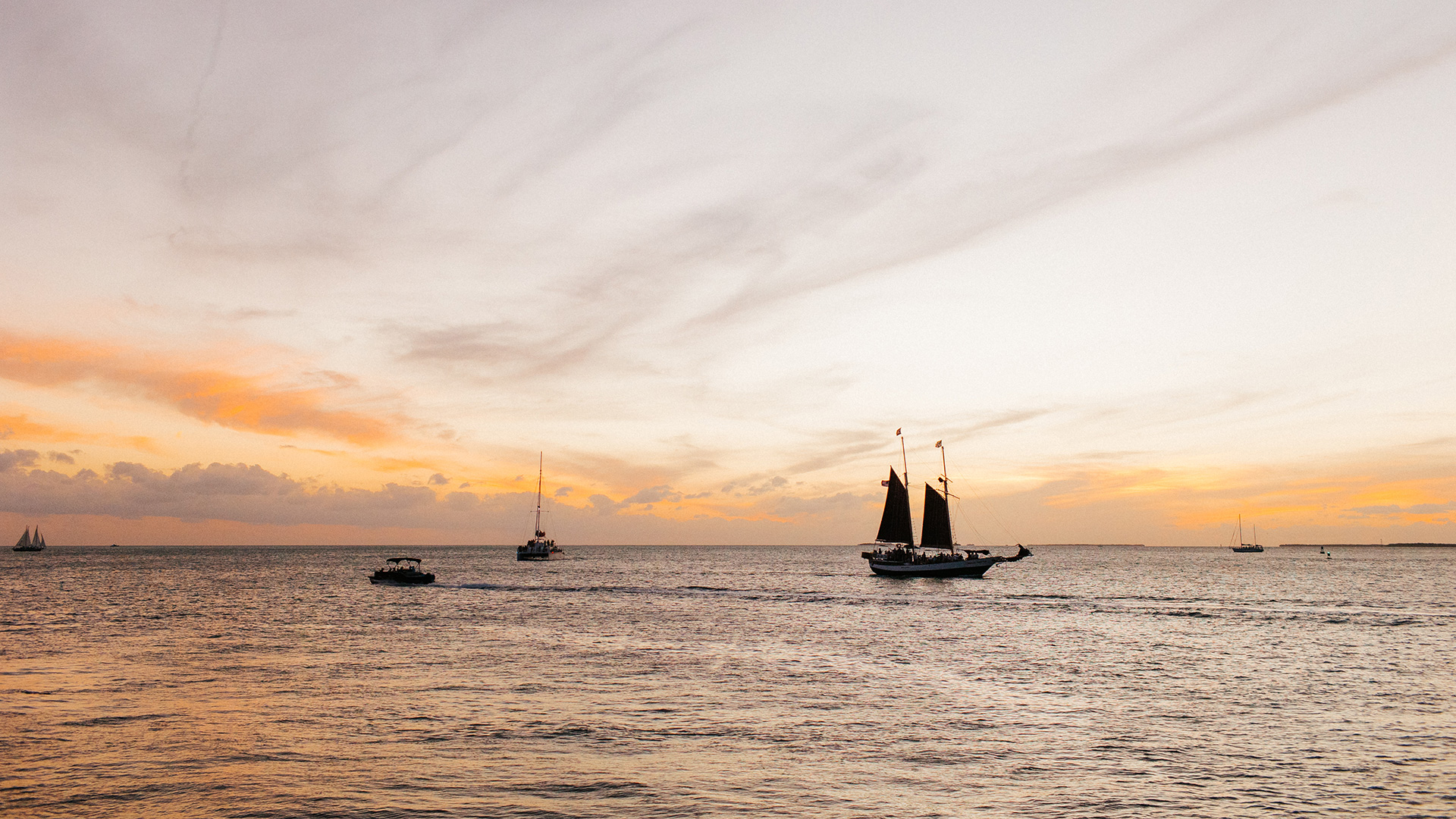
“Down there, our sunset sails aboard Appledore II are the headliners – there’s nothing like a Key West sky when it decides to put on a show – but we also do a daily classic day sail with her. Our five-hour backcountry eco tours are when Star shines, mixing sailing, snorkeling, and guided kayaking. There’s a custom-designed swim ladder we had made, and we toss out a big blue mat to float on, so it’s fun for a range of ages. Where we go depends on wind and tide – places like Archer Key are favorites when conditions line up – but the whole idea is remote, clear water, and an easy pace. Plus, beer, wine, and snacks.”
Okay, the million-dollar question: If a guest is choosing between your two ports – Camden vs. Key West – what’s your quick pitch for which?
“That’s easy: Do both. Maine is classic, crisp, and cinematic – spruce islands and working harbors. Key West is warm water, easy breezes, and sky-on-fire sunsets. The common thread is an authentic tall-ship experience and a crew that wants you to be part of it.”

